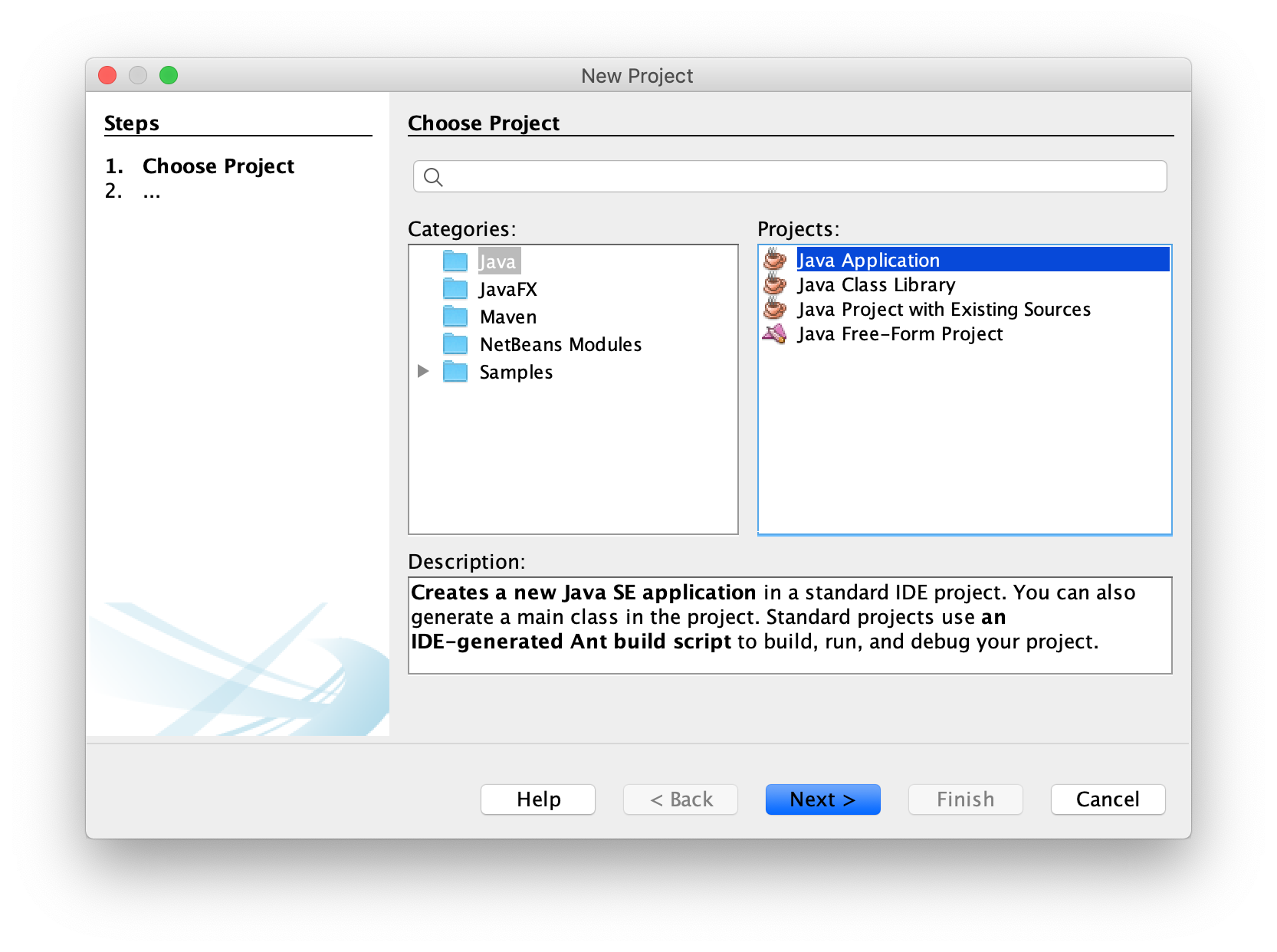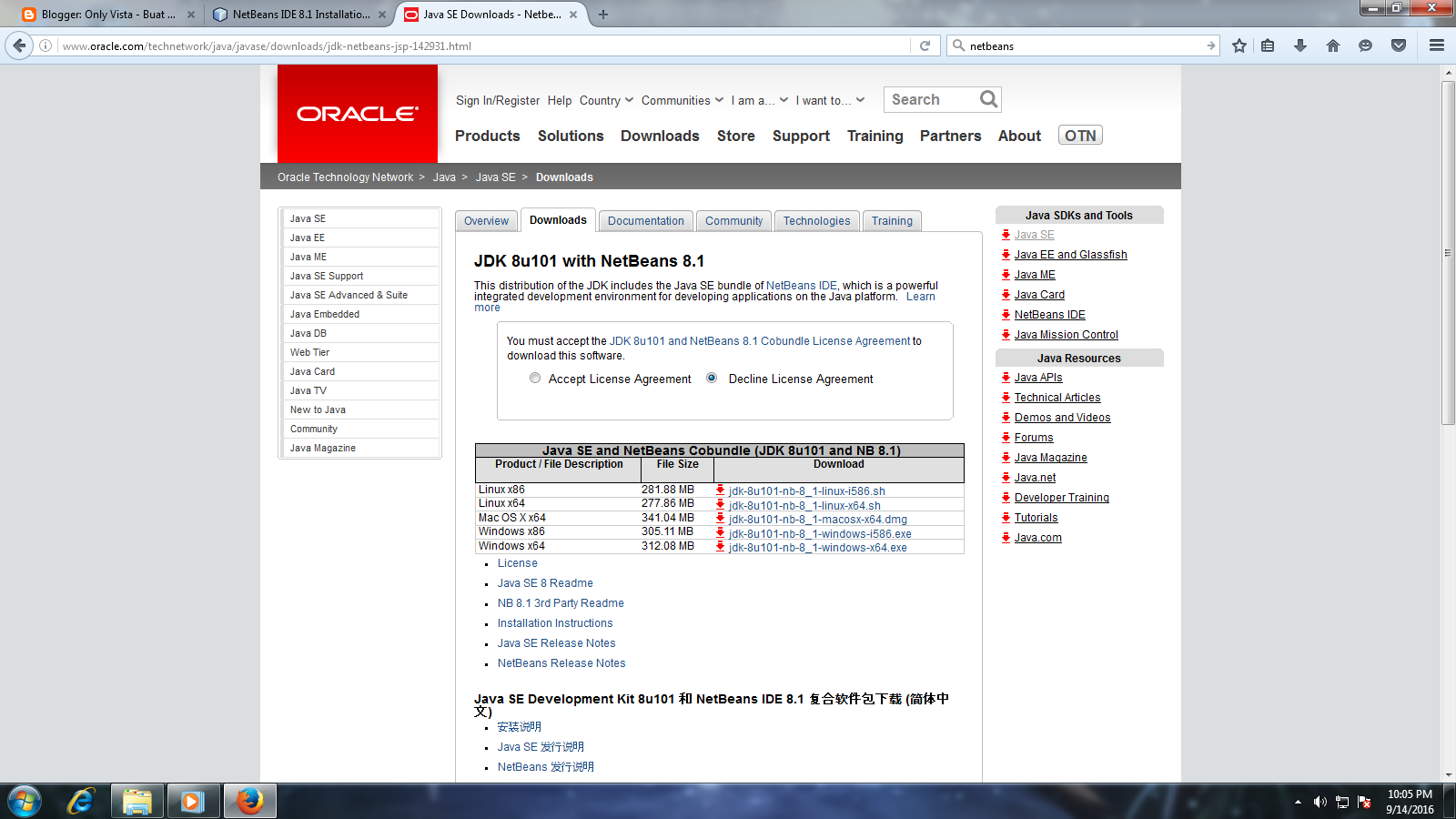

- #CONFIGURE NETBEANS JDK INSTALL#
- #CONFIGURE NETBEANS JDK UPDATE#
- #CONFIGURE NETBEANS JDK CODE#
- #CONFIGURE NETBEANS JDK WINDOWS 8#
#CONFIGURE NETBEANS JDK INSTALL#
All platforms: download and install JetBrains Runtime via Choose Boot Java Runtime for the IDE action Our IDEs will not run on the older Java versions like Java 8 or 11. Please note that all the current IDE versions require at least Java 17 version to run. If you need to change the runtime to a different version, see below. You will see something like this: javac 1.7.All the products on all the supported platforms already have 64-bit JetBrains Runtime 17 bundled and it will be used by default to run the IDE. Java HotSpot(TM) 64-Bit Server VM (build 24.79-b02, mixed mode) Java(TM) SE Runtime Environment (build 1.7.0_79-b15) You will see something like this: java version "1.7.0_79" Open a Windows command prompt (Windows key + R -> enter cmd -> OK), and check the following: java -version If it still doesn't work you may need to reinstall JDK. If you don't see similar results, restart the computer and try again. Once you are done with above changes, try below steps. Keep the variable name as Path, and append C:\Program Files\Java\jdk1.7.0_79\bin or %JAVA_HOME%\bin (both mean the same) to the variable value. Then select the Path system variable and click Edit. Give the new system variable the name JAVA_HOME and the value C:\Program Files\Java\jdk1.7.0_79 (depending on your JDK installation path it varies). In Windows 7, right-click on Computer -> Properties -> Advanced system settings then in the Advanced tab, click Environment Variables. TIP2: There is also a faster way to access the Environment Variables: press Win+ R keys, paste the following %windir%\System32\rundll32.exe sysdm.cpl,EditEnvironmentVariables and press ENTER TIP: The tool "Rapid Environment Editor" (freeware) is great for modifying the environment variables and useful in that case Paste the path of the bin folder in the variable value.Righ-click on "My computer" and click on properties.NOTE: You might have to run the command line as admin It is important to note that these changes are only temporary from programs launched from this cmd. You can check that path is set if not error has been raised. Write in cmd : set path=C:\Program Files\Java\jdk1.8.0_121\bin.Javac is not recognized as internal or external command, operable program or batch file. If java is not installed, then you will see message: So it's best to remove C:\ProgramData\Oracle\Java\javapath from the Path system environment variable in order to have a consistent environment.

I anecdotally noticed that the links in that directory didn't get updated during an JDK installation update.
#CONFIGURE NETBEANS JDK CODE#
This has saved a lot of headaches when wirking with my own code and that of others, which unfortunately often assume the (sane) default encoding UTF-8. This ensures that Java (and tools such as Maven) will run with a faultCharset() of UTF-8 (instead of the default Windows-1252).
#CONFIGURE NETBEANS JDK UPDATE#
This makes it easy to update your environment variables when updating the JDK.

Notice that these environment variables are derived from the "root" environment variable JAVA_HOME. Note for Windows users on 64-bit systems: Progra~1 = 'Program Files' PATH : your-unique-entries %JAVA_HOME%\bin (make sure that the longish your-unique-entries does not contain any other references to another Java installation folder.Set the following user environment variables (= environment variables of type user variables)

#CONFIGURE NETBEANS JDK WINDOWS 8#
Java SE Development Kit 8u112 on a 64-bit Windows 7 or Windows 8


 0 kommentar(er)
0 kommentar(er)
